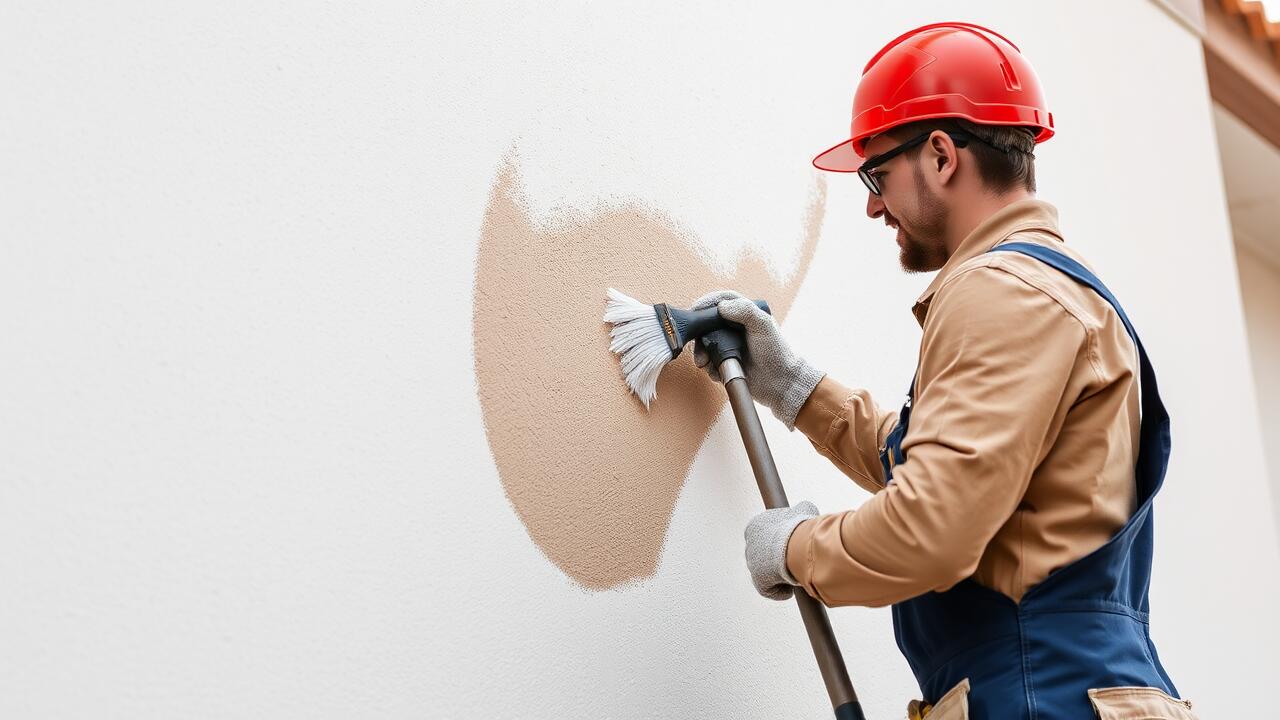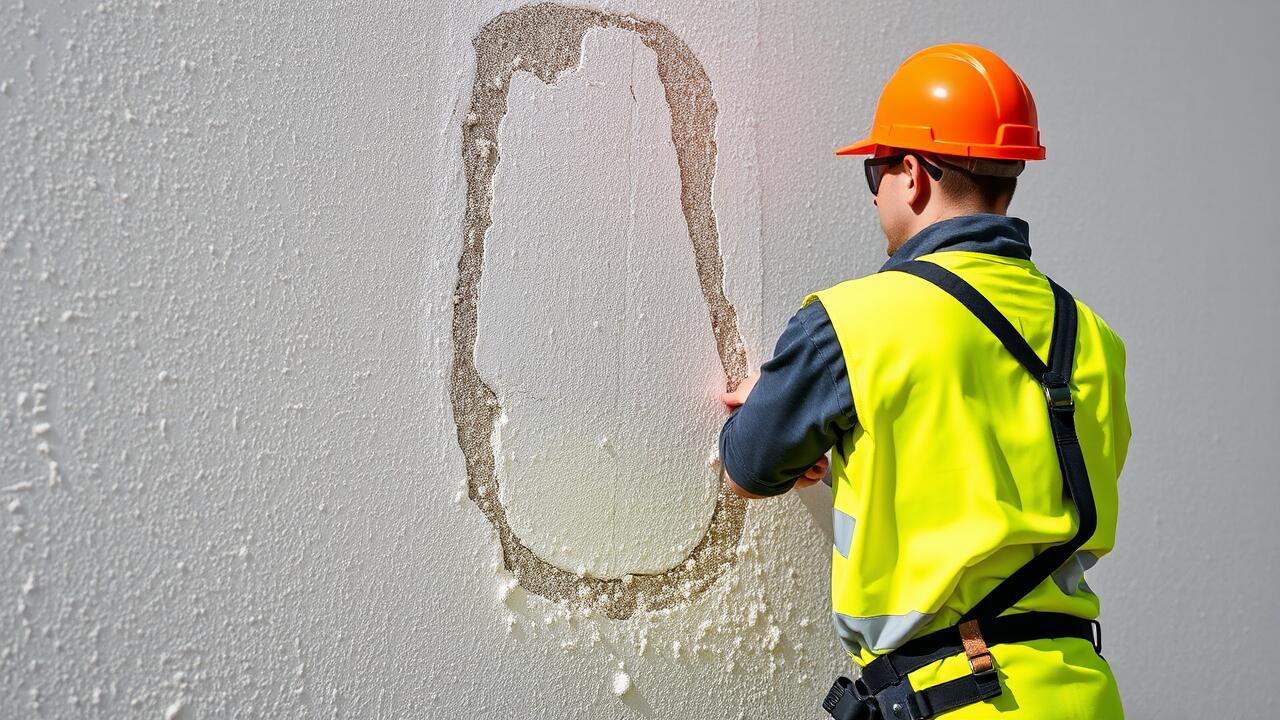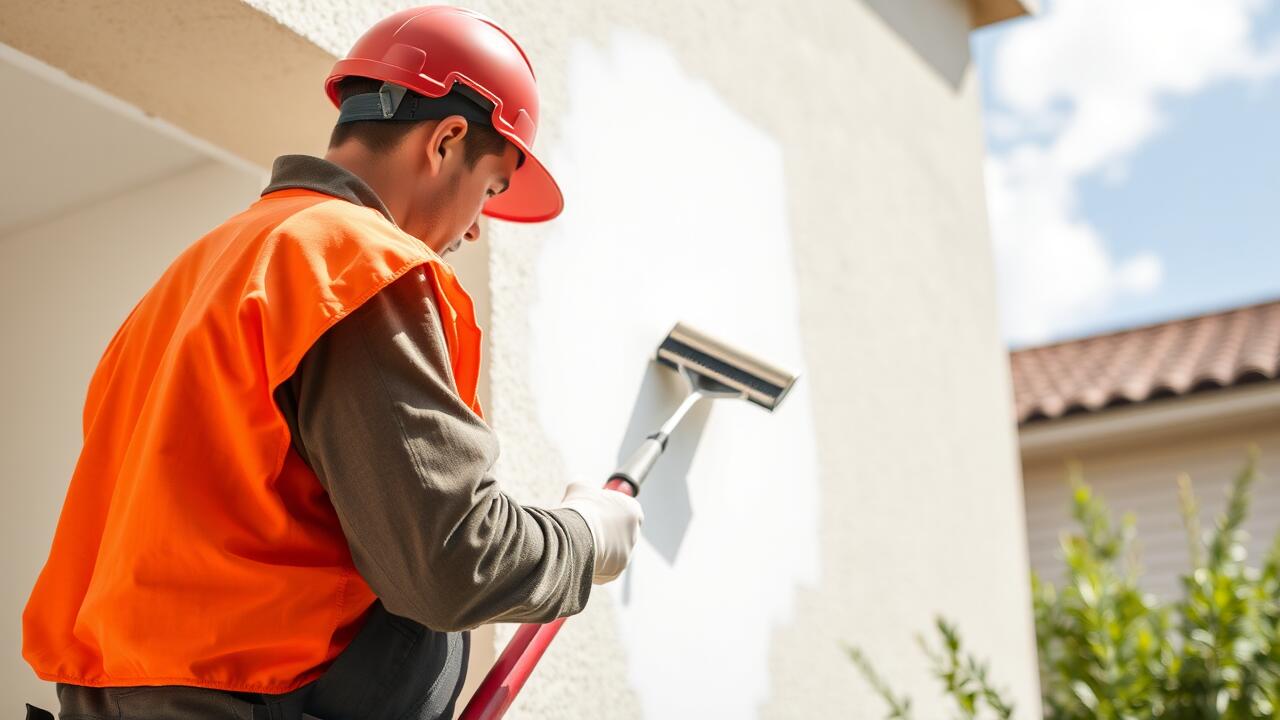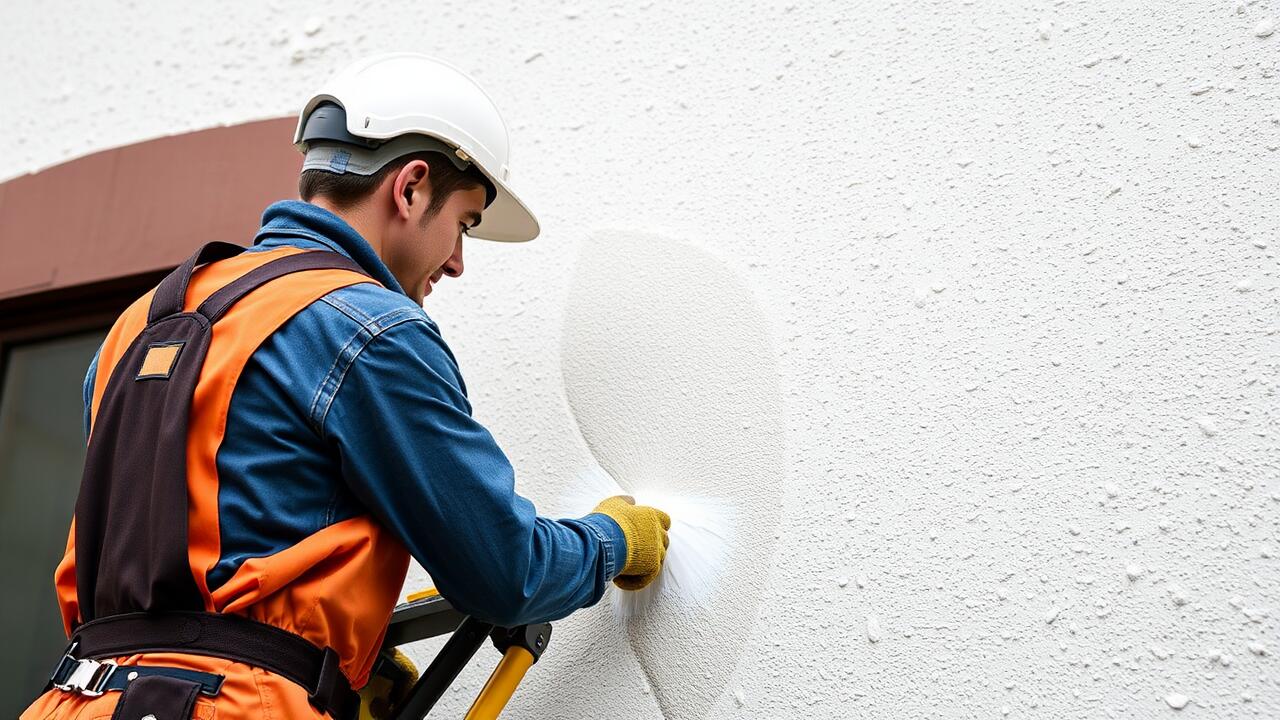
Comparing Stucco to Other Exterior Finishes
Stucco, known for its durability and aesthetic appeal, is often compared to other popular exterior finishes like wood, vinyl, and brick. Each material has its unique benefits and drawbacks, influencing homeowners' choices. Wood siding can provide a classic look but requires regular maintenance to prevent rot and pests. Vinyl offers low maintenance but may lack the texture and depth that stucco provides. Brick, while sturdy and timeless, can be more expensive and labor-intensive in installation compared to stucco.
The versatility of stucco makes it a favorable option for various architectural styles. It can be textured or smooth, and it accepts a wide range of colors through paint or finishing techniques. Homeowners often search for "Stucco Painting near me" when considering a refresh or a complete overhaul of their exterior appearance. Through innovative methods and technologies, stucco applications continue to evolve, allowing for improved insulation and faster installation, making it an excellent competitor among exterior finishes.
Advantages and Disadvantages
Stucco offers several advantages that make it a popular choice for exterior finishes. Its durability is notable, as it can withstand various weather conditions, from extreme heat to harsh cold. This material is also fire-resistant and can provide good insulation, helping to maintain the temperature inside the home. When properly maintained, stucco can last for many years and retains its aesthetic appeal. Additionally, the variety of textures and colors available allows homeowners to personalize their homes effectively.
However, stucco also has some disadvantages that potential users should consider. Maintenance can be essential, as cracks may develop over time, potentially leading to water intrusion if not addressed promptly. Painting stucco can also be a challenging task, requiring specific techniques to ensure long-lasting results. Homeowners searching for solutions might look up "Stucco Painting near me" to find local professionals who can assist in both painting and repairs. This aspect can contribute to the overall cost of maintaining a stucco exterior.
Historical Use of Stucco in Architecture
Stucco has a rich history that dates back thousands of years, prominently featured in various architectural styles around the world. Ancient civilizations, including the Romans and Egyptians, utilized stucco for both structural and decorative purposes. Its versatility allowed for intricate designs and textures, which adorned public buildings and private homes alike. Throughout the centuries, stucco has been favored for its endurance and ability to withstand the elements.
In the mid-20th century, stucco gained popularity in American residential architecture, particularly in the Southwest and California. The material became synonymous with Mediterranean and Spanish Revival styles, characterized by smooth finishes and vibrant colors. Homeowners sought local services for "Stucco Painting near me" to maintain the aesthetic appeal of their properties. The historical significance of stucco continues to influence contemporary architectural choices, blending traditional craftsmanship with modern innovations.
Traditional vs. Modern Applications
Historically, stucco has been a favored choice for exterior finishing in various architectural styles, from ancient structures to Mediterranean homes. Its versatility allows it to beautifully complement a range of design aesthetics. Traditional applications often showcased intricate textures and hand-crafted details, highlighting the skill involved in its installation. This classic appeal remains popular as homeowners seek authenticity in their architectural choices.
Modern applications of stucco have seen a shift with the introduction of new materials and techniques that enhance durability and ease of application. Innovations in synthetic stucco systems and flexible mixes provide improved weather resistance, catering to contemporary climates. Many homeowners looking to revitalize their properties often search for "Stucco Painting near me," seeking professionals who can help refresh or transform the appearance of their stucco exteriors, blending modern preferences with time-tested materials.
Innovations in Stucco Technology
Recent advancements in stucco technology have led to the development of new materials that enhance durability and adaptability. Fiber-reinforced stucco, for example, provides increased strength while reducing the likelihood of cracking. These innovations allow builders and homeowners to achieve a variety of textures and finishes, making it easier to customize the aesthetic appeal of a property. Additionally, modern formulations often include water-resistant properties, which help prevent moisture damage and improve the material's lifespan.
Modern techniques, such as synthetic stucco systems, offer unique benefits over traditional methods. These systems are often lighter and easier to install, providing an appealing option for contemporary constructions. The availability of a wider range of colors and finishes can also simplify the process of finding local services like "Stucco Painting near me" for those looking to refresh or update their exterior. Overall, these advancements reflect a trend toward greater efficiency and enhanced performance in stucco applications.
New Materials and Techniques
Advancements in materials and application techniques have significantly enhanced the durability and aesthetic appeal of stucco. Modern formulations often incorporate additives that improve flexibility and water resistance, addressing some of the common weaknesses found in traditional stucco mixes. These innovations allow for better adhesion and reduce cracking, which can prolong the lifespan of stucco finishes. Besides, the use of synthetic stucco products offers lighter options that are easier to work with while maintaining the classic look of traditional stucco.
Furthermore, the integration of technology in stucco application has streamlined the process for contractors. New spraying methods and techniques for stucco painting provide a more uniform finish compared to traditional troweling methods. Homeowners searching for "stucco painting near me" can expect quicker project completion times while benefiting from advanced materials that enhance performance. As a result, designs have become more diverse, allowing for creative patterns and textures that meet the evolving tastes of homeowners.
FAQS
How long does stucco typically last?
Stucco can last anywhere from 50 to 80 years, but with proper maintenance and care, some installations can last up to 100 years or more.
What factors influence the longevity of stucco?
The longevity of stucco can be influenced by factors such as the quality of the materials used, installation techniques, local climate conditions, and regular maintenance practices.
Are there specific maintenance tips to extend the life of stucco?
Yes, regular inspections for cracks, proper sealing, timely repairs, and keeping it clean can significantly extend the life of stucco.
How does stucco compare to other exterior finishes in terms of longevity?
Stucco generally has a longer lifespan compared to materials like wood and vinyl, but may be less durable than brick or stone if not maintained properly.
What are common issues that can shorten the life of stucco?
Common issues include water damage, poor installation, lack of maintenance, and exposure to harsh weather conditions, all of which can lead to cracks and deterioration.



